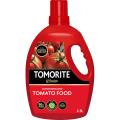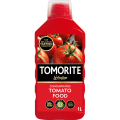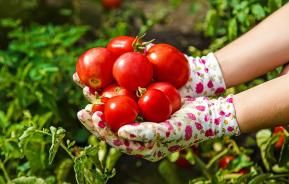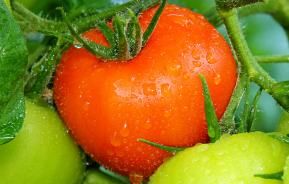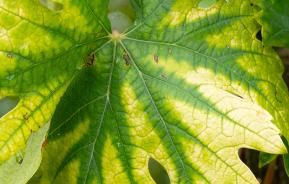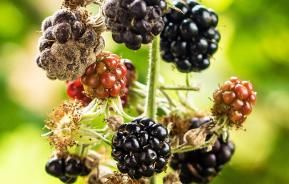Identification and symptoms
Blight causes rapid discolouration of the leaves, turning them brown from the edges inwards. The leaves can dry and curl, and if the fungus is really prevalent you will see a white fungal growth on the underside or edges. The stems of the plants will have brown/black lesions on them and in advanced cases, the plant will completely collapse and die.
The fruits will have a watery green patch which eventually turns brown throughout the fruit, and the fruit rots making them inedible.
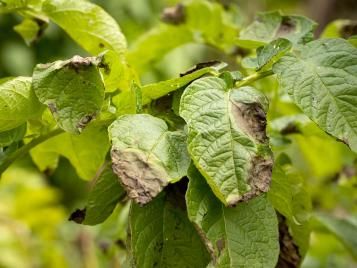
Control
Once you have blight there is very little you can do to stop it and there are no fungicides available to the home gardener to stop it. The more humid the summer, the more likely it is that the disease will spread.
As soon as you spot any symptoms, remove the leaves, and harvest any unaffected crops. You won’t be able to store the fruits as they will eventually develop the disease, so if you can eat or cook straightaway any red ones or make chutneys and preserves with unripened fruit.
Always get rid of the plants as soon as you can, but never home compost any material unless you have a working hot bin. Instead, burn or bury deeply the affected plants or add to your council collection garden waste bin as they have much higher temperatures with their composting process.
Any compost or soil used for growing these tomatoes mustn’t be used again for growing tomatoes or potatoes due to the spores living in the soil, but you can use it anywhere else in the garden.


